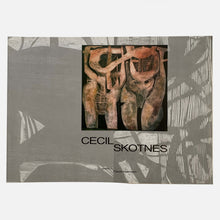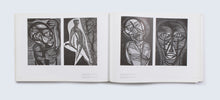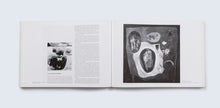Published on the occasion of the exhibition Cecil Skotnes Retrospective at the South African National Gallery, this extensive monograph includes essays by Neville Dubow, Michael Godby, Stephen Gray, Elizabeth Rankin, Pippa Skotnes, and Frieda Harmsen, who edited the volume.
From Neville Dubow’s contribution to Cecil Skotnes:
“At seventy, Skotnes is still in full creative spate. The ‘precarious career’ – that of the professional artist – which he elected to follow has brought him the kind of acclaim that has been given to few South African artists in their lifetime...But my purpose in this essay is not to write an academic study with its associated intellectual fretwork and historical scrimshaw. My vantage point is of a more personal kind – of one who has enjoyed a friendship with Skotnes extending over thirty years; who has talked with him about art, and other matters; and who has listened with admiration to Skotnes as a master raconteur.”
33.5 x 23.8 cm | 240 pages | softcover
Frieda Harmsen was a leading South African art historian. Following her studies at the University of the Witwatersrand and the Courtauld Institute of Art in London, she joined the Department of History of Art and Fine Arts at the University of South Africa, where she lectured on Medieval, Renaissance and South African art, and edited the department journal De Arte. She lived and worked in Pretoria.
Cecil Skotnes (b.1926 – d. 2009) was an eminent artist, mentor and teacher. In the 1950s, he became a leading figure at the Polly Street recreation centre, which was among the only art schools available to black students in South Africa at the time. He carried out significant public commissions, and made many works of religious significance. Skotnes is remembered for his artistic innovations and major contributions to the diversity of South African art. In later life, he lived and worked in Cape Town.





